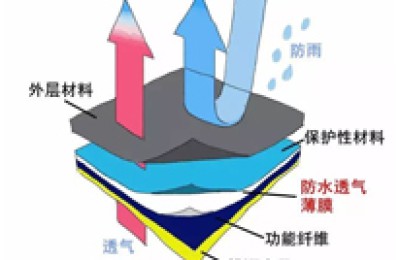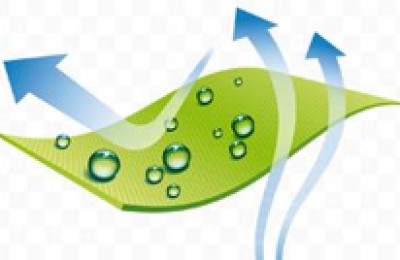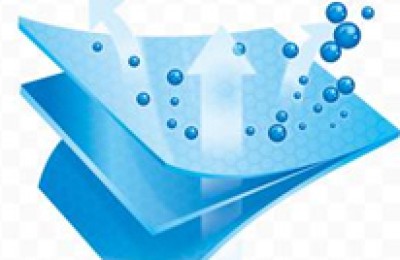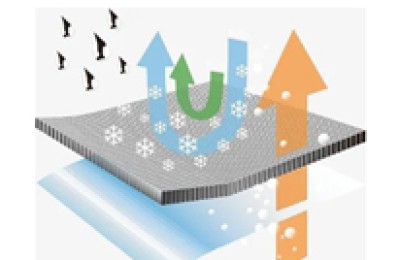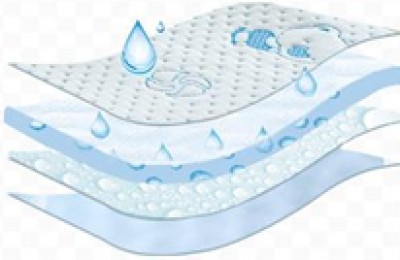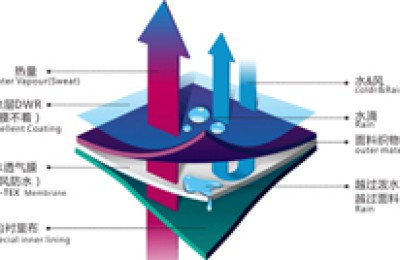Pioneering Breakthroughs in Foam Formulations with Low-Odor Foaming Catalyst DMAEE for Unmatched Performance
Introduction
The development of foam formulations has seen significant advancements, particularly in the area of foaming catalysts. One such breakthrough is the introduction of DMAEE (Dimethylaminoethanol) as a low-odor foaming catalyst. This innovation not only enhances performance but also addresses critical industry challenges like odor reduction and environmental sustainability.
What is DMAEE?
DMAEE, or Dimethylaminoethanol, is an amine-based compound that acts as an efficient foaming catalyst. It accelerates the formation of gas bubbles within the foam matrix, leading to faster and more uniform foam expansion. Unlike traditional catalysts, DMAEE offers several advantages:
- Low Odor: DMAEE significantly reduces the unpleasant odors often associated with conventional foaming agents, making it ideal for consumer products.
- Enhanced Stability: It provides better stability during the foaming process, ensuring consistent foam quality.
- Environmental Friendliness: DMAEE is less harmful to the environment compared to some other catalysts, contributing to greener manufacturing processes.
Key Benefits of Using DMAEE in Foam Formulations
-
Improved Product Quality:
- Uniform Cell Structure: DMAEE ensures a more uniform cell structure in the foam, which leads to improved mechanical properties such as strength and durability.
- Reduced Density Variations: The catalyst helps in achieving consistent density across the foam, reducing waste and improving efficiency in production.
-
Odor Reduction:
- Consumer Appeal: Products made with DMAEE have a lower odor profile, making them more appealing to consumers, especially in applications like bedding, furniture, and packaging.
- Workplace Safety: Lower odors also contribute to a safer and more pleasant working environment for manufacturers.
-
Faster Cure Times:
- Increased Production Efficiency: DMAEE’s catalytic action speeds up the curing process, allowing for faster turnaround times and increased production throughput.
- Energy Savings: Faster curing can lead to energy savings by reducing the time materials need to be heated or processed.
-
Versatility:
- Wide Range of Applications: DMAEE can be used in various types of foam formulations, including polyurethane, silicone, and latex foams, making it a versatile choice for different industries.
- Customizable Performance: The catalyst can be fine-tuned to meet specific performance requirements, whether it’s for flexibility, hardness, or thermal insulation.
Applications of DMAEE in Foam Formulations
-
Building and Construction:
- Insulation Materials: DMAEE-enhanced foams provide superior insulation properties, helping to reduce energy consumption in buildings.
- Sealants and Adhesives: Low-odor foams are ideal for sealants and adhesives used in construction, where minimizing odors is crucial for indoor air quality.
-
Automotive Industry:
- Interior Components: From seat cushions to dashboards, low-odor foams improve the overall comfort and aesthetic appeal of vehicle interiors.
- Acoustic Insulation: DMAEE foams can enhance sound dampening properties, contributing to quieter vehicle cabins.
-
Consumer Goods:
- Mattresses and Cushions: High-quality, low-odor foams are essential for sleep and comfort products, ensuring a pleasant user experience.
- Packaging Materials: DMAEE foams offer excellent cushioning and protection for fragile items, while being environmentally friendly.
-
Medical and Healthcare:
- Orthopedic Devices: Custom-molded foams with DMAEE provide comfort and support for patients, with minimal odor for a hygienic environment.
- Medical Packaging: Sterile packaging materials benefit from the low-odor properties of DMAEE foams, maintaining product integrity.
Conclusion
The integration of DMAEE as a low-odor foaming catalyst represents a significant leap forward in foam formulation technology. By addressing key challenges such as odor, stability, and environmental impact, DMAEE offers unmatched performance across a wide range of applications. As industries continue to prioritize sustainability and consumer satisfaction, DMAEE stands out as a pioneering solution for the future of foam manufacturing.



